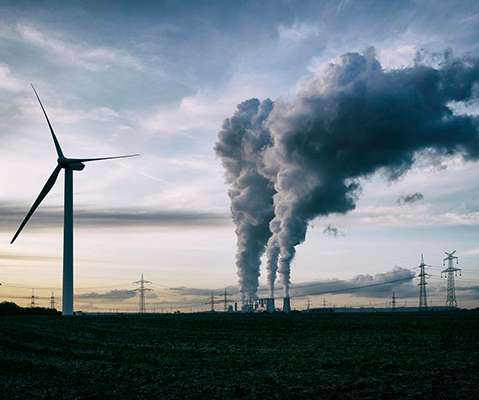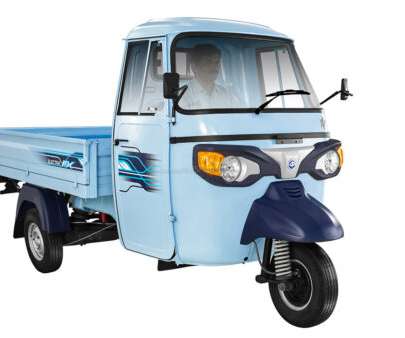Fossil Fuels Renewable Energy and EV Modern Life
Setec Powerr
DECEMBER 5, 2022
Current versions of renewable energy such as solar cells and windmills do far less damage to the environment than oil rigs, fracking, and strip mining, but they do damage the environment. Battery technology currently requires lithium and other rare earth metals, which must be mined. That is the only comparison that matters.












Let's personalize your content